
If you have a sharp or sudden pain in your calf muscle, you may be experiencing medial gastrocnemius. Commonly referred to as “tennis leg,” medial gastrocnemius is an injury found especially in middle-aged and older athletes. In this condition, there is a tearing of the medial head of the gastrocnemius (calf muscle), which occurs when you overexert or suddenly accelerate. Pain may immediate and sharp, making walking or putting pressure on the leg difficult. Despite initial severity, this injury rarely leads to surgery and can heal in weeks.
Symptoms of Medial Gastrocnemius
Tennis is a highly-competitive and demanding sport, and it’s easy to overestimate your own coordination or turnaround speed, especially as your muscles begin to weaken in middle-age. Although medial gastrocnemius can happen to anyone, it’s most common when you accelerate in irregular or sudden ways, putting undue stress and strain on your body. Tennis leg is also common in high-intensity sports like basketball, soccer, or running.
Being the weakest muscle in the calf, the gastrocnemius is particularly susceptible to injury. In most cases, symptoms are instantly known: intense, piercing pain in the calf. You may feel a sensation of snapping. You may feel like you were kicked or “shot”. There can even be a concurrent popping sound. The injury is tender to the touch, may swell significantly, and may develop some bruising. Walking and moving the leg may seem uncomfortable, and can further agitate the tear. In more severe cases, there may be damage to surrounding tendons. In milder cases or strains, you may only feel pain when using the leg to “push off” in some way.
Treating Medial Gastrocnemius
If you experience medial gastrocnemius, immediate attention is critical to ensure faster recovery. Stopping all activity, immobilizing and/or elevating the leg, and regularly icing the calf can help at first. Consider using crutches, a boot, or even something moderately stabilizing like an ACE wrap. Consultation with an orthopedic specialist like board certified orthopedic surgeon and sports medicine physician Dr. Stacie Grossfeld is crucial, as soon as possible. Doctors will most likely make a diagnosis through an MRI or ultrasound.
Upon diagnosis, your doctor can establish a treatment plan. For medial gastrocnemius, there are three degrees of injury: first degree (stretch injury), second degree (slight tear), and third degree (total rupture). The determined degree of severity will shape your recovery length and process.
In most first and second-degree cases of medial gastrocnemius, activity can be gradually introduced through physical therapy in a matter of weeks. Some physical therapy activities can include passive and dynamic stretching, massage, ultrasound, and rehabilitative exercises. For third degree cases, surgery or more long-term treatment may be required.
If you are struggling with symptoms of jumper’s knee, Orthopaedic Specialists can help! To schedule an appointment with Dr. Grossfeld and the other experts at Orthopaedic Specialists, call 502-212-2663 today.


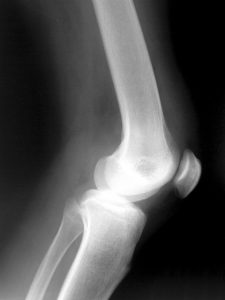
 De Quervain’s Tenosynovitis is a painful condition that affects two tendons on the thumb side of your wrist. These tendons are located in a narrow space, almost like a tunnel. When the tendons become inflamed, they rub against the sides of the “tunnel”, causing pain and swelling. Keep reading to find out the symptoms, diagnosis, and treatment of De Quervain’s Tenosynovitis.
De Quervain’s Tenosynovitis is a painful condition that affects two tendons on the thumb side of your wrist. These tendons are located in a narrow space, almost like a tunnel. When the tendons become inflamed, they rub against the sides of the “tunnel”, causing pain and swelling. Keep reading to find out the symptoms, diagnosis, and treatment of De Quervain’s Tenosynovitis.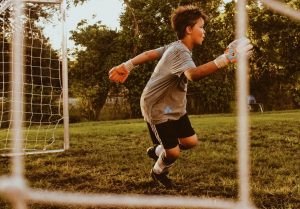

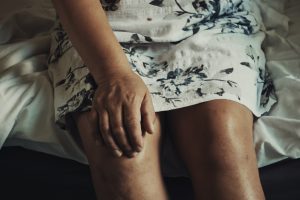
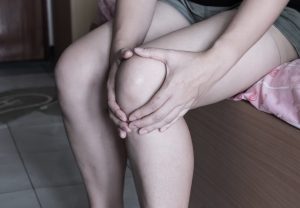
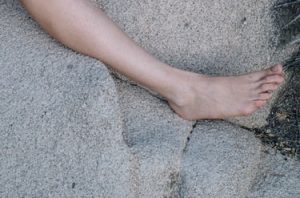
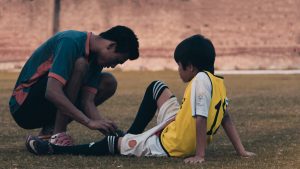
Recent Comments